- Home
- Oli (Chants)
- Mele (Songs)
-
Holidays
- Wishlist
- Hōkūleʻa Worldwide Voyage
-
Moʻolelo (Stories)
- Blog
- Addtional Resources
- Pilina Kaula
- Other
- Contact
- Loko I'a (Fishponds)
- Mokupuni (Islands)
- Migration
- Lesson Plans
- Culture
- Global Connections
- Geography
- He Waʻa He Moku, He Moku He Waʻa
- Learning OUTSIDE of the classroom
Plants & Uses with our Kahnawake BrothersThe second group that was sent to visit the Goodsell Ridge Geologic Preserve were happy to once again meet with our brothers from Kanahwake; seeing one another again much sooner than we expected. Together, we stood at the Fisk Quarry Preserve on the oldest reef in the world that was formed by organisms long ago.
I was surprised to see a large open field with durable signs scattered along the way for visitors to do self-guided tours. Each sign, from beginning to end, talked about how the reef was formed and how life evolved over time. As we walked the path, Kanentokon started to gather plants along the way with his cousin. It’s funny how plans change. We came to look at the rock fossils, however being with kamaʻāina, people of this land, I was excited to learn about the plants and their uses. I learned that the root of the milkweed can be used for tea. These brown leaves look very rigid, but in contrast are extremely soft. Kahnawiio mentioned that it could be mixed into cookie batter and is a good source of iron for women - that’s my kind of medicine, I’ll take a few. This reddish brown flower can be used as a tea and helps with diabetes. The red leaves can also be used for tea, but ironically inhaling its smoke treats asthma. Although the leaves are green and its flowers are pink, the red clover can be made into a tea and is a blood purifier. We pinched a few petals and ate them. I like gathering from the wild (also known as wildcraft) and getting to eat things right from the land. The leaves of this purple flower can be eaten. Kanentokon explained that the best way to eat the flower was to pick the petals off with your teeth without breaking the stem. It was fun to eat and the taste is subtle, but definitely had a hint of sweetness. Fascinated by all of this information, I asked Kanentokon if his parents taught him how to know what to pick. Quickly he replied, “My grandmother did.” Kanentokon’s and Kahnawiio’s grandmothers came up in conversation - I wouldn’t be surprised if they were walking and gathering with us today. I might’ve missed the wine berries hanging beautifully if Kanentokon didn’t point them out. He was surprised that this area was abundant, mentioning that he didn’t see many wine berries as much back at home. They were small grapes with a deep purple color. The berries had a much stronger taste than I expected, somewhat bitter but still delicious. I agreed with Uncle Kalau when he mentioned that these little berries had way more seeds than you’d think would be in them. I ate a whole bunch, spitting out the small seeds as we walked. There’s a mushroom... but we threw it back because mushrooms can sometimes be tricky. If we came to visit this place on our own, I would’ve looked at this area simply as an open field with fossils here and there. Now I’ve built a connection, being able to recognize a few plants with a little help. This place is special because of the people and interactions that occurred here. Another cultural exchange that was unplanned yet meaningful. Where both cultures were interacting and strengthening bonds that will definitely continue in the future.
0 Comments
"The wa'a teaches you to be creative, that you can do a lot of different things with food." Step 1: Add oil to the pan Step 2: Add flour and water. Step 3: Combine oil and flour, then add water. Press the dough with a spoon to make the crust. Step 4: Add sauce - you can use what you have; old spaghetti sauce or tomato sauce with onions and seasonings. Whatever you prefer! Step 5: Add cheese Step 6: Add your toppings. We used ham and grapes today! Step 7: Cover the pan to help the pizza cook. Step 8: Enjoy! "Hope you have fun making your own wa'a pizza! No foget! Mālama Honua!" Hōkūleʻa WWV - Newport, RIVocabulary I learned: Wildcraft: gather herbs, plants and fungi from the wild Stand: a concentrated area of resources in wildcrafting Organoleptic: acting on or involving the use of the sense organs ~Almost all marine (salt water) seaweed are edible, so it probably won’t kill you if you nimble on one from clean area. By coincidence I learned about a seaweed tour in Newport, RI from Nancy - a woman I met at our canoe tours who has been following the worldwide voyage. I was curious to see if I’d find similarities with gathering here and home. Shout out to Michelle Kapana-Baird, a waʻa sister and STEMS^2 masters cohort 1 member (https://coe.hawaii.edu/academics/curriculum-studies/med-cs-stems2), who has gotten me more interested in limu. She has encouraged me to take pictures of the different seaweed I find in every port we stop in (kumukaai.weebly.com & kaaiohelo_berries instagram).
It’s funny because the owner of Gather (www.gatherherbs.com). Sarah Berkman (www.gatherherbs.com/about), and student professionally trained in the culinary arts, Sam Radov, talked about how asking permission might sound funny; how it might feel silly to ask a plant, “Can I pick you?” Some people in Hawaiʻi believe this is an integral part of gathering, but ask in different ways like chanting. Some also thank the plant or talk to them. E ola ʻoe, i ola mākou nei. There are many lessons that come with gathering. These sayings are found in Hawaiian ʻōlelo noʻeau; e ʻai i kekahi, e kāpī i kekahi. Eat some, salt some; it’s also one of my favorite children’s book (photo). Only pick what you are going to use. Gather what’s in abundance, ‘ai ka mea loa’a. Sarah reminded us to, “Be ok coming home with an empty basket.” I was reminded of one of the first ʻōlelo noʻeau I ever learned, mai huli kua i ke kai or never turn your back to the ocean. I’ve learned to always face the ocean in order to know what’s coming up next. You wouldn’t want a big wave to take you by surprise. As we walked to collect different types of limu I learned that both of Sarah’s Italian grandmothers taught her this knowledge of gathering from the wild because they were both interested in gathering. Even Sam was exposed to wildcraft from a very young age. In two hours I heard interesting names like sugar kelp, feather boa, and sea lettuce. I didn’t know that there are twice as many seaweed in the Pacific Ocean because it’s older than the Atlantic Ocean. Seaweed can be used as a bandange, chewed for a sore throat and can treat hypothyroidism. They mentioned that seaweed can be used for farming, which I recently learned from the Reppun ‘ohana, a family that I adore back at home in Waiahole (https://www.youtube.com/watch?v=aslbaWr7bC0). Seaweed; eat them, bathe with them, garden with them. Every person in the class received a small glass jar of local homemade organic furikake picked from the East Coast. I was happy to return to the waʻa with something for the crew. I learned that people in Rhode Island don’t use furikake as much as people in Hawaiʻi. At home, we use it like like ketchup, putting it all over our rice and even popcorn. The crew used it for lunch and made pan spam musubi (photo). Although gathering limu on the East Coast was a first experience for me, it felt unusually familiar. It made me miss home. I came thinking I’d learn more about seaweed, when it was clearly a reminder to take care of our kūpuna. As we were gathering I helped Nancy, a woman who I just met yesterday, walk along the shore to ensure she wouldn’t slip on the rocks. To care for people even when we barely know them is a way to mālama honua. We also need to acknowledge, honor and seek out the knowledge of our kūpuna before their ‘ike (knowledge) is gone; to make mistakes when they’re still around; to ask questions because they’ll probably know the answers. When I return home, I’m going to my Aunty who has been wanting to show me the spot where our family picks limu. I’m going to tell her, I’m sorry I took so long, but I’m ready now. Go learn something new from a kūpuna today or ask a question you’ve been wanting to ask for a long time; you won’t know until you show the desire to learn and gain that knowledge. Mahalo for following me and Leg 22 on this journey. We thank you for continuing to follow us on hokulea.com. |
AuthorKumu Kaʻai previously taught at Kānehūnāmoku Voyaging Academy and Hawaiian Studies at Wilson Elementary School to K-5 students. Archives
March 2017
Categories |
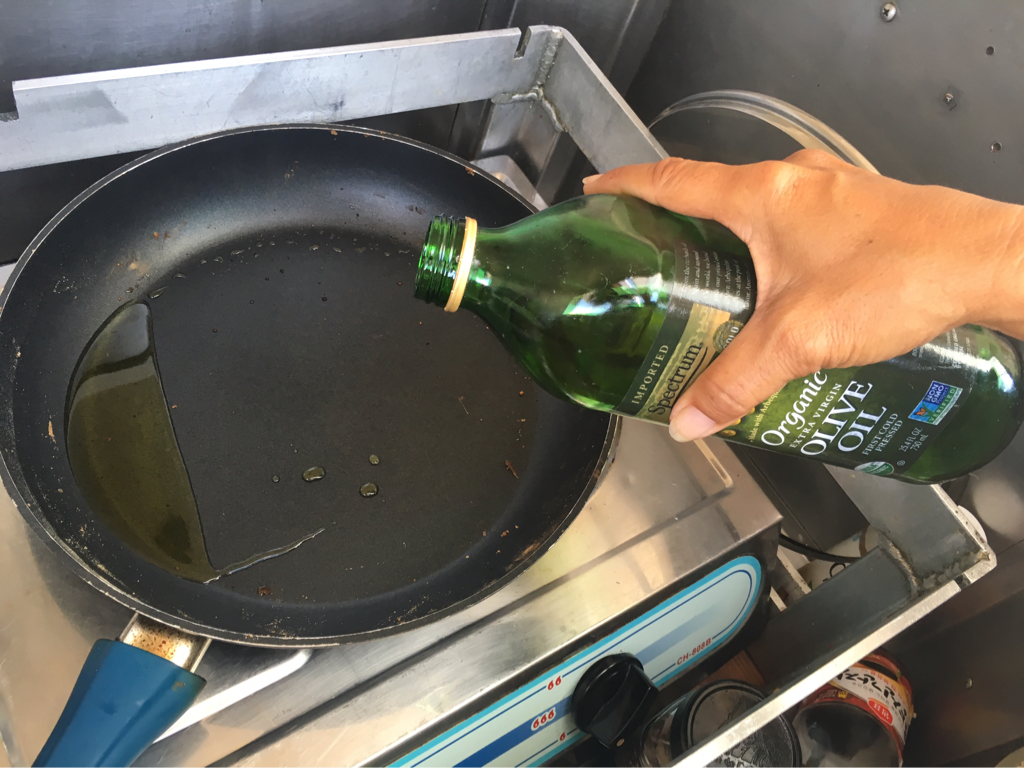
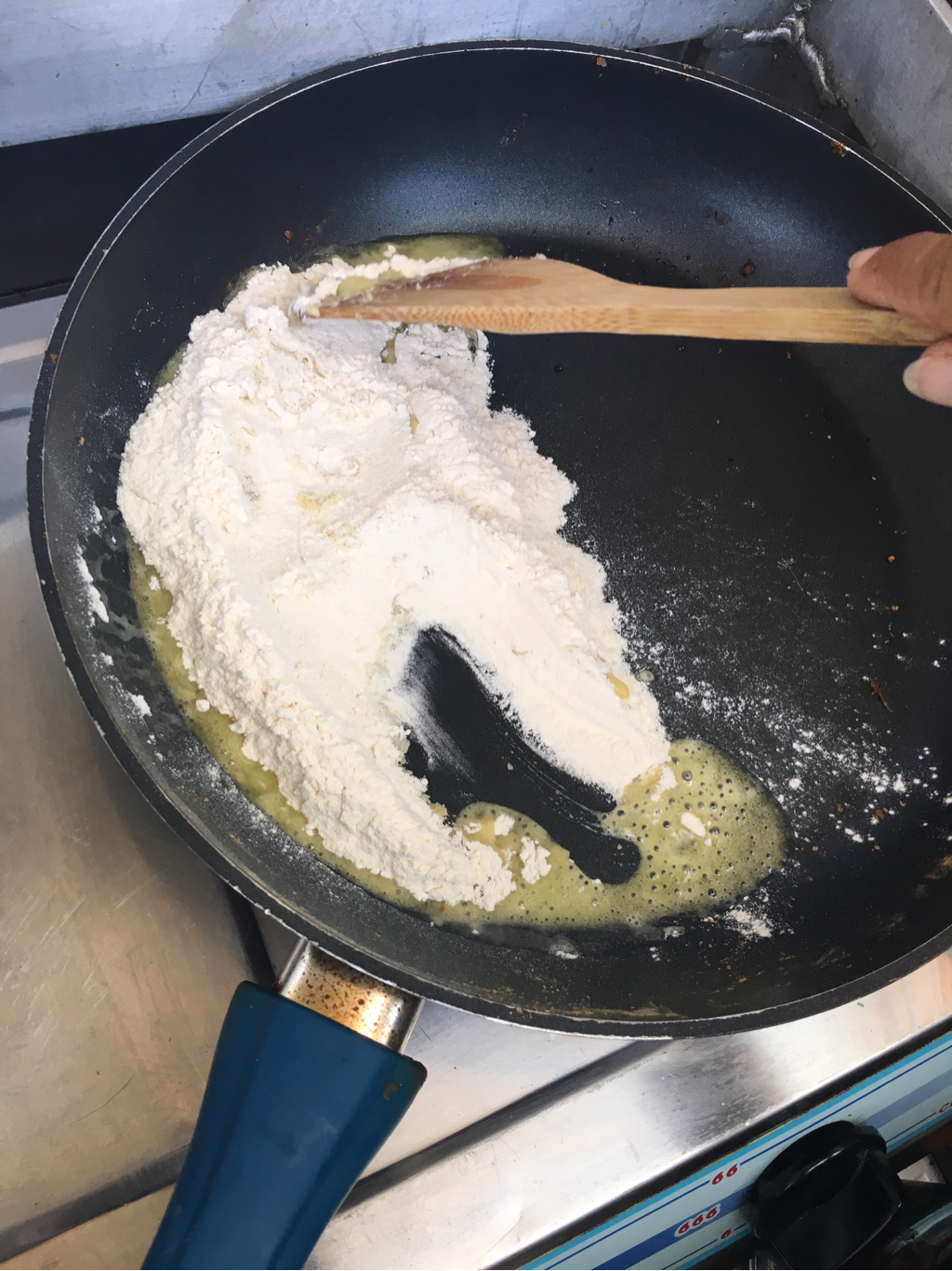
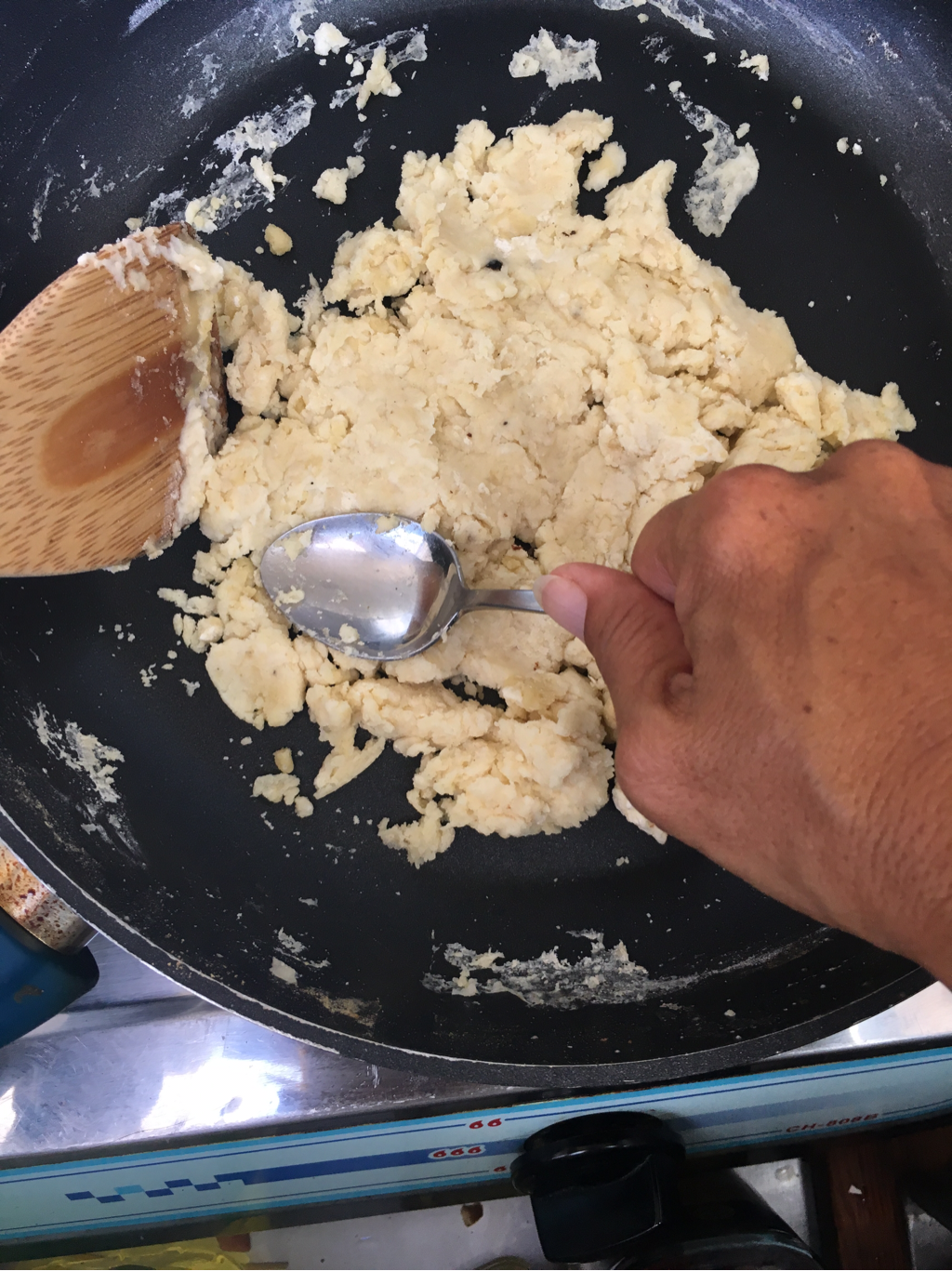
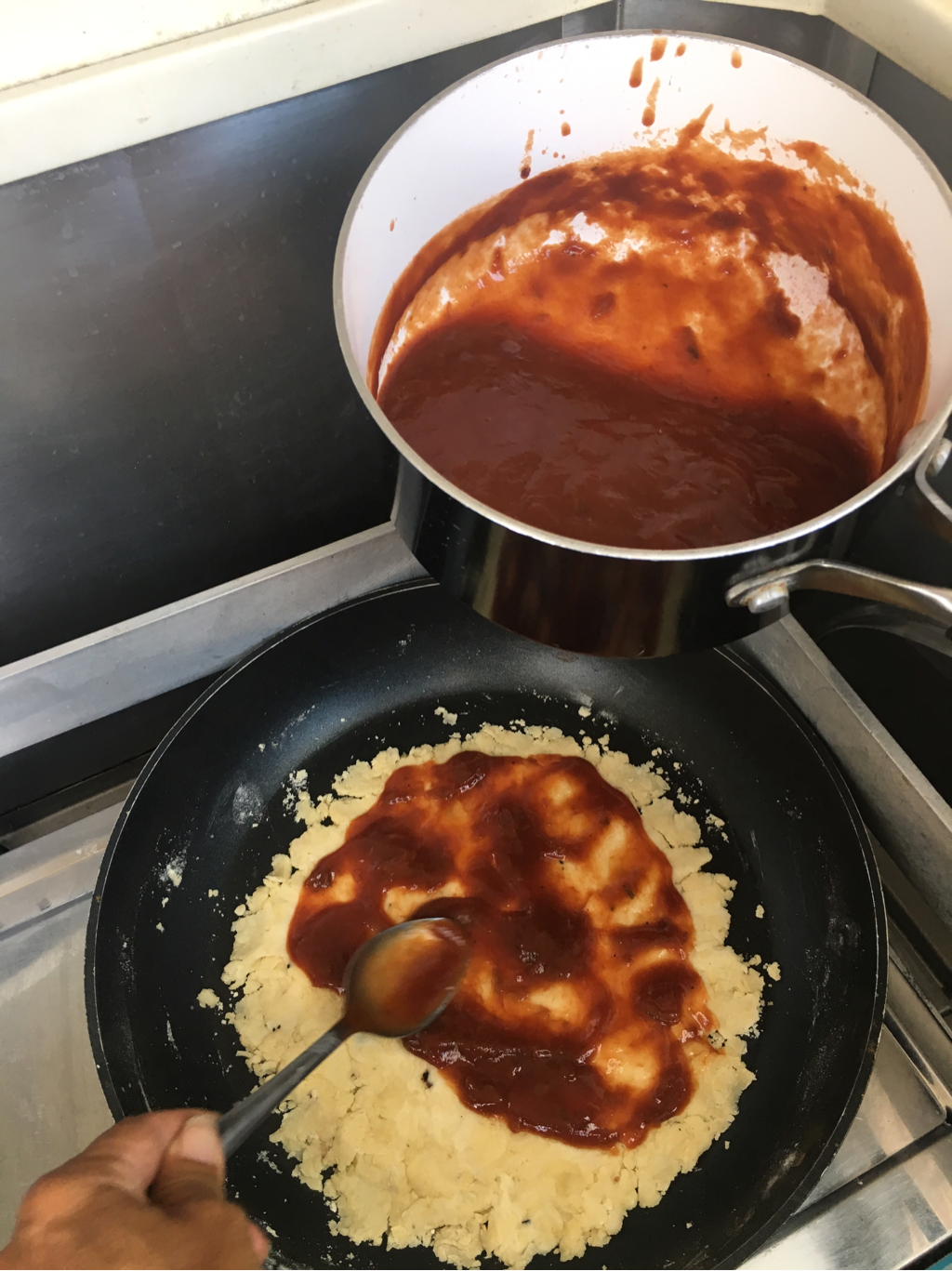
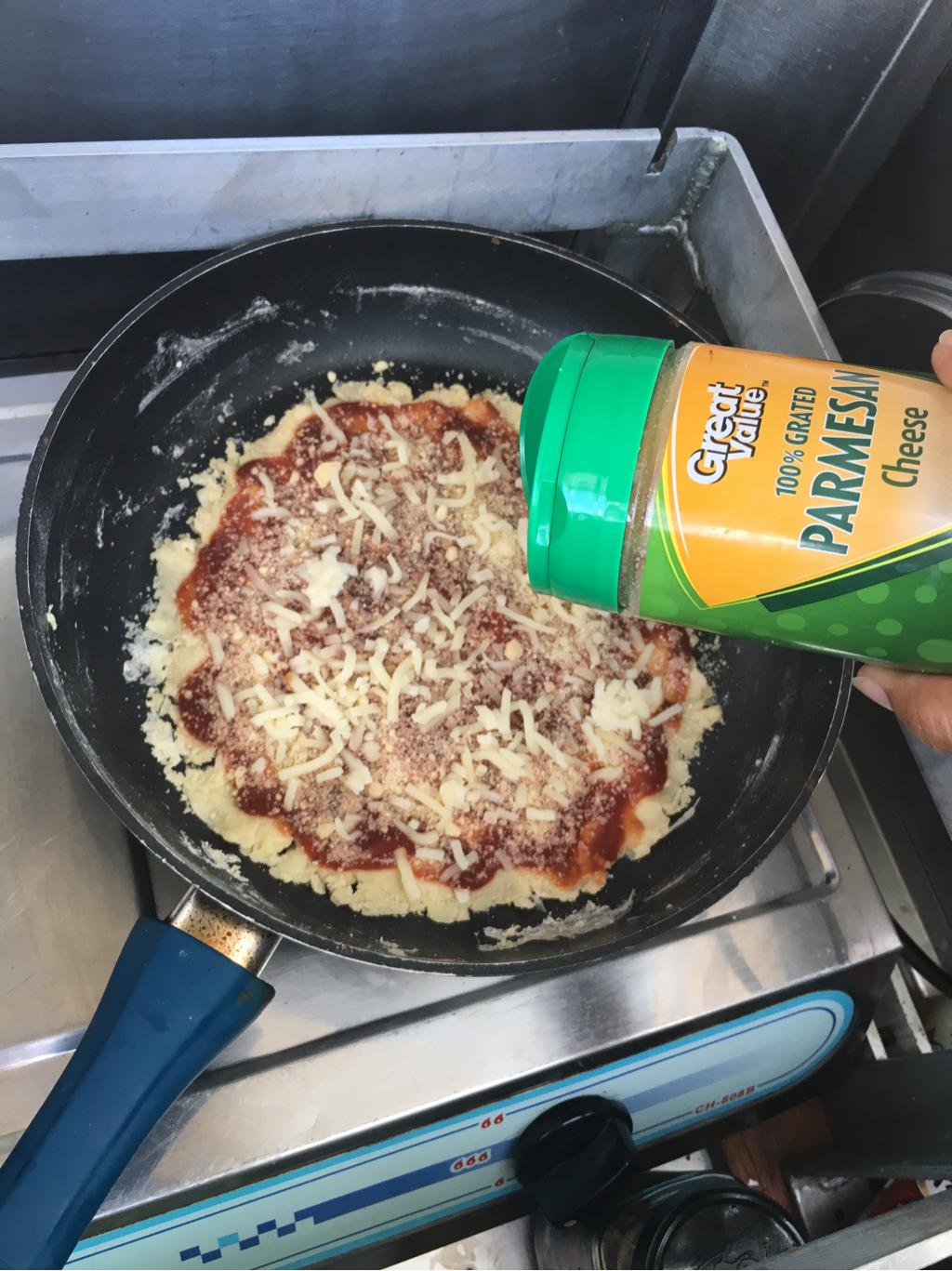
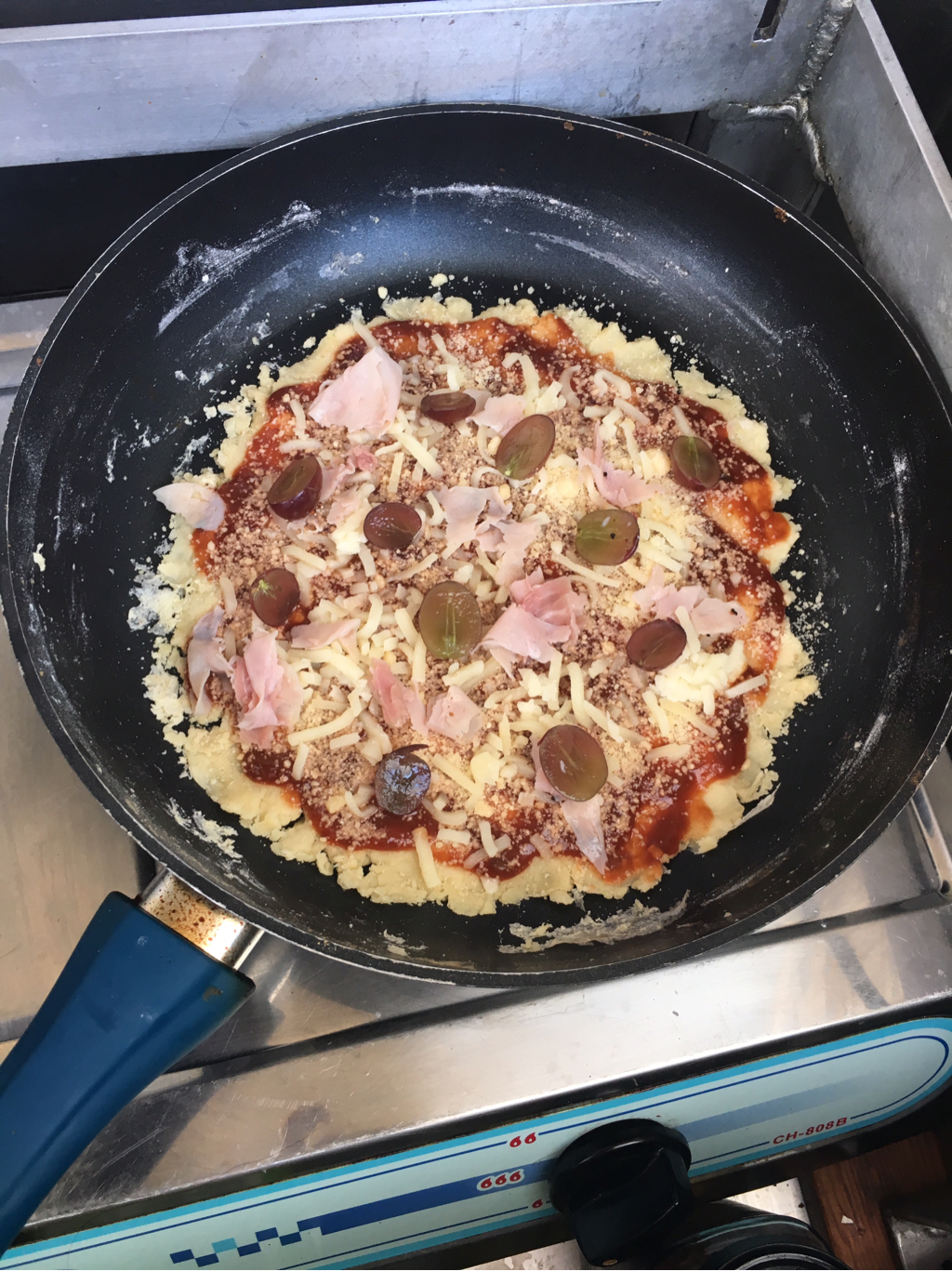
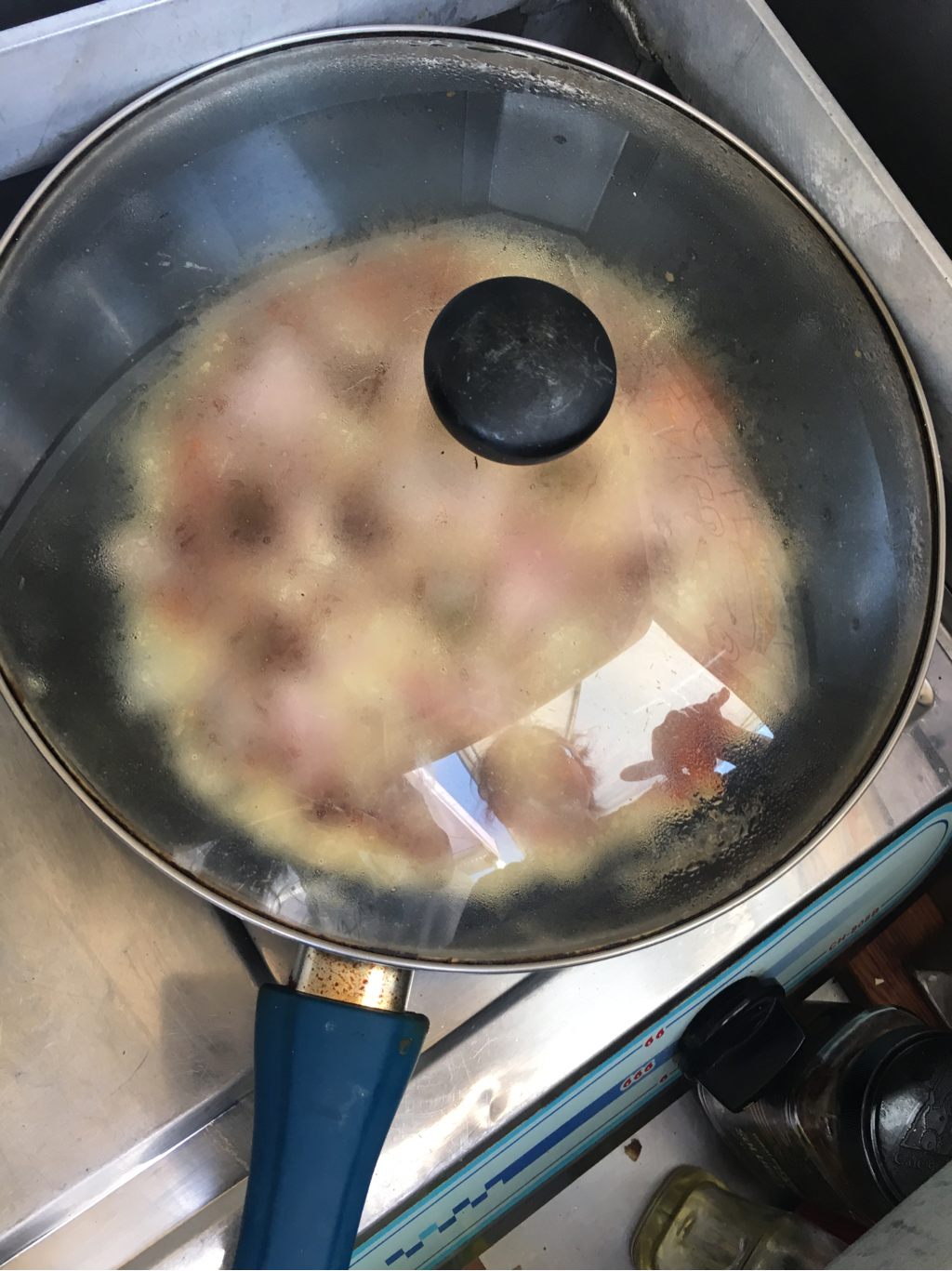
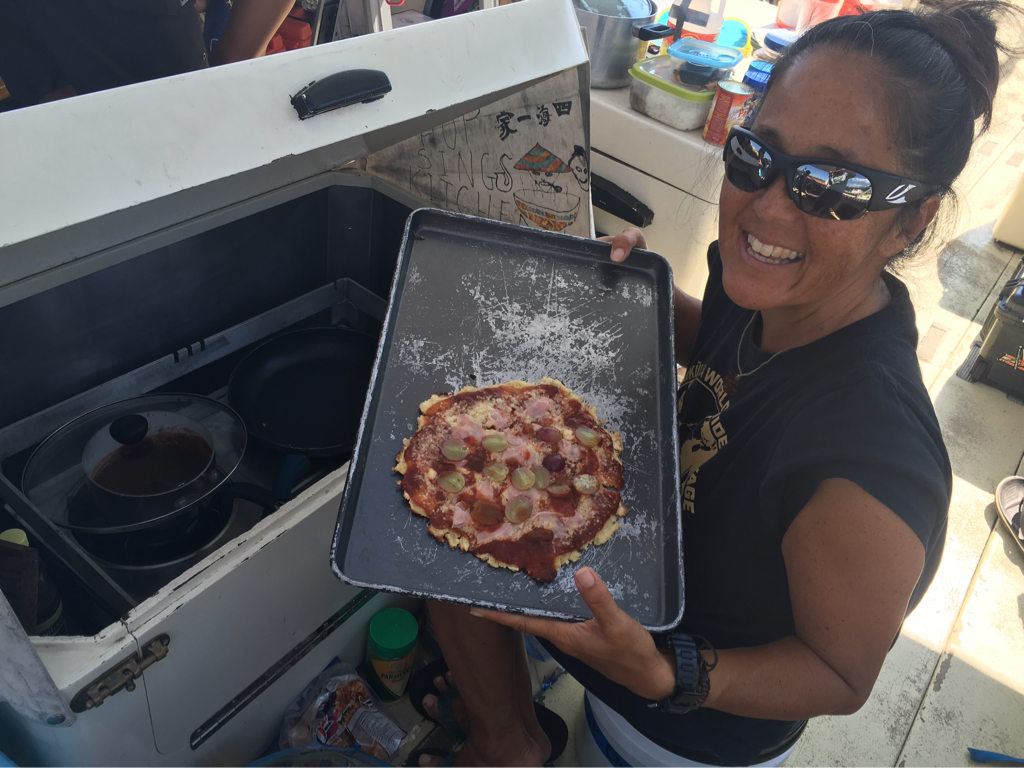
 RSS Feed
RSS Feed
